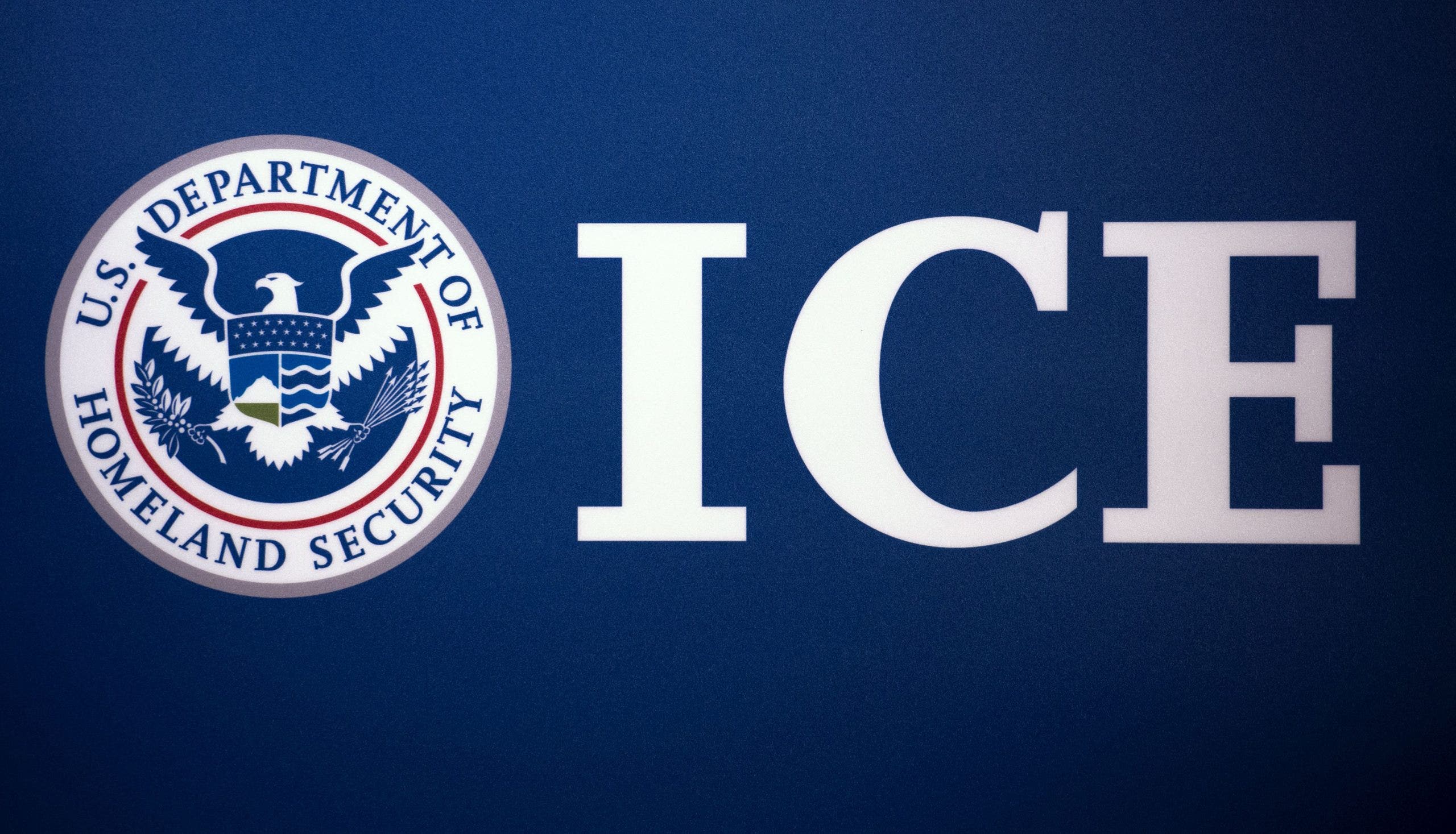Using a unique combination of old-fashioned field work and sophisticated computer modeling, scientists in Sweden have found a way to trace a single beam of lumber to the forest in Europe where it originated.
The researchers said the new method, described in a recent paper in the Nature Plants journal, could significantly curb the sale of Russian timber, which is prohibited in the European Union because of the war in Ukraine. But birch, oak, pine and other types of lumber from Russia are still finding European buyers amid surging demand.
Last month, the novel approach was used to identify large shipments of illegal Russian lumber in Belgium.
The new study looked at the chemical composition of 900 wood samples collected from 11 countries in Eastern Europe. The data was fed into a model powered by machine learning, which found patterns that could predict the geographic origin of the samples.
Overall, the model caught 60 percent of the samples that had been intentionally labeled with the wrong country of origin. The model could also narrow the wood’s origin to a roughly 125-mile radius, a remarkable feat in a continent that’s roughly 40 percent covered by forest.
The method is “very, very solid from a technical point,” said Naren Ramakrishnan, a data scientist at Virginia Tech who was not involved in the research.
Under the direction of Victor Deklerck, a lead author of the study, researchers with Preferred by Nature, a nonprofit based in Copenhagen, fanned out across Europe to collect tree samples by using a long, tubelike device that pulls out wood tissue. A tree is not harmed when a sample is extracted from its trunk, Dr. Deklerck said, because the rest of the organism “walls off” the wounded tissue.
The samples were analyzed for the minerals they pulled in from the soil, as well as elements, like nitrogen and carbon, that they absorbed through rainfall.
The result was a “chemical fingerprint” for each tree sample in the study, said Dr. Deklerck, who is also the chief scientist at World Forest ID, a nonprofit in Washington that fights deforestation.
As precise as these fingerprints were, they represented a speck of knowledge about Europe’s forests; there are 87 billion trees in Sweden alone. Russia, the most forested country in the world, is home to 642 billion trees.
So Jakub Truszkowski, a machine-learning expert at the University of Gothenburg, created a spatial model using the samples collected by Preferred by Nature. Powerful computer clusters allowed Dr. Truszkowski to extrapolate chemical profiles for vast expanses of forest across Eastern Europe from which no samples had been taken.
The model’s ability to pinpoint a wood sample’s origin varied country by country. For example, it managed to flag 82 percent of the wood originating in Russia (and disguised as originating elsewhere), but only 47 percent of samples coming from neighboring Belarus, which faces the same restrictions as Russia because of its alliance with the Kremlin in the war in Ukraine.
Dr. Truszkowski said that the success rate would improve as more wood samples were collected. He also said that accurate identifications would be easier under a new European Union law stipulating that lumber producers be much more detailed in their disclosures about where they cut down trees.
“It’s not just the technology that matters here, but also the legislation,” Dr. Truszkowski said.
The lumber tests were a kind of proof of concept for the researchers, showing that it was possible for science to respond to real-world needs, and to do so in a timely manner. The same approach could help track a wide variety of foods or agricultural products, including shrimp and palm oil, that are also illegally harvested and traded around the world, the researchers said.
“This whole framework can be applied anywhere, in principle,” Dr. Truszkowski said.
More broadly, the study shows how computing advances will help researchers across disciplines make sense of huge reams of data that might otherwise prove inscrutable.
“The amount of data will only increase, and it is up to us to give that meaning, either in a scientific sense or in a societal sense,” Dr. Deklerck said.





